Affiliate links on Android Authority may earn us a commission. Learn more.
What to expect: Exynos 8895 vs Snapdragon 835
February 23, 2017
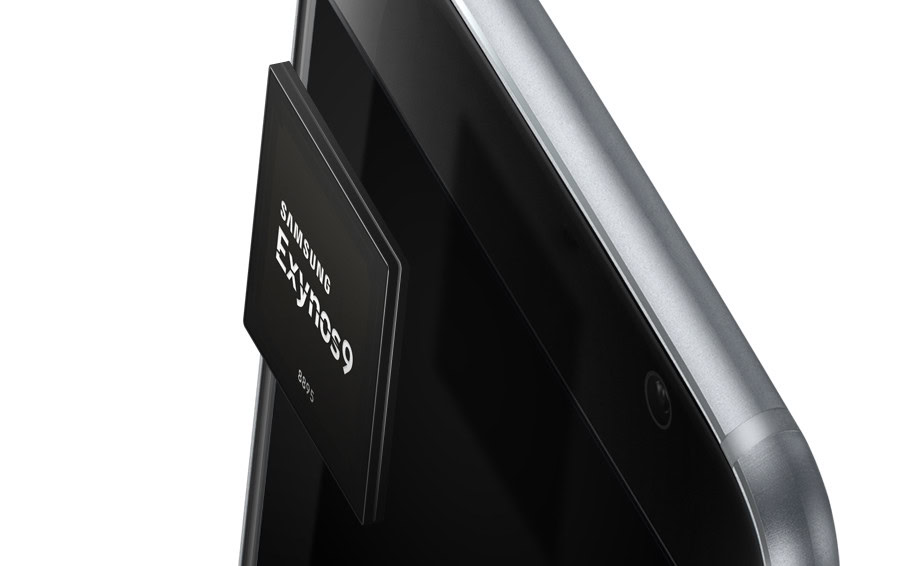
Qualcomm and Samsung have now lifted the lid on their next-generation mobile applications processors – the Snapdragon 835 and Exynos 8895. Both are expected to make their debut inside regional variants of Samsung’s Galaxy S8 flagship, which is scheduled for release in late April.
We will have to wait until then to get into the nitty gritty of real world performance, but the specifications published by the two SoC manufacturers can already guide us as to what we can expect from these two chips, both in terms of performance and the features available to handset OEMs. The table below contains a breakdown of what we know, and also includes last generation’s entries from the two companies so we can see what’s changed.
| Snapdragon 835 | Exynos 8895 | Snapdragon 821 | Exynos 8890 | |
|---|---|---|---|---|
CPU Core | Snapdragon 835 Semi-custom ARM Cortex | Exynos 8895 Custom + A53 | Snapdragon 821 Kryo | Exynos 8890 Custom + A53 |
CPU Config | Snapdragon 835 4x 2.45GHz Kryo 280 4x 1.9GHz Kryo 280 | Exynos 8895 4x 2.5GHz Samsung M2 4x 1.7GHz Cortex-A53 | Snapdragon 821 2x 2.35GHz Kryo 2x 1.6GHz Kryo | Exynos 8890 4x 2.3GHz Samsung M1 4x 1.6GHz Cortex-A53 |
GPU | Snapdragon 835 Adreno 540 | Exynos 8895 Mali-G71 MP20 | Snapdragon 821 Adreno 530 | Exynos 8890 Mali-T880 MP12 |
RAM | Snapdragon 835 2x 32-bit LPDDR4X 1866 MHz | Exynos 8895 LPDDR4X | Snapdragon 821 2x 32-bit LPDDR4X 1866 MHz | Exynos 8890 2x 32-bit LPDDR4 1794 MHz |
Flash | Snapdragon 835 eMMC 5.1/ UFS 2.1 | Exynos 8895 eMMC 5.1 / UFS 2.0 | Snapdragon 821 eMMC 5.1/ UFS 2.0 | Exynos 8890 eMMC 5.1 / UFS 2.0 |
Camera support | Snapdragon 835 32MP single / 16MP dual | Exynos 8895 28MP single / 28MP + 16MP dual rear | Snapdragon 821 28MP single / 14MP dual | Exynos 8890 24MP rear |
Video capture | Snapdragon 835 4K UHD @ 30fps | Exynos 8895 4K UHD @ 120fps | Snapdragon 821 4K UHD @ 30fps | Exynos 8890 4K UHD @ 30fps |
Video playback | Snapdragon 835 4K UHD @ 60fps, 10-bit H.264 (AVC), H.265 (HEVC), VP9 codecs | Exynos 8895 4K UHD @ 120fps, HEVC (H.265), H.264, VP9 codecs | Snapdragon 821 4K UHD @ 60fps, 10-bit H.264 (AVC), H.265 (HEVC) | Exynos 8890 4K UHD @ 60fps, 264 (AVC), H.265 (HEVC) |
Modem | Snapdragon 835 1000Mbps down, 150Mbps up | Exynos 8895 1000Mbps down, 150Mbps up | Snapdragon 821 600Mbps down, 150Mbps up | Exynos 8890 600Mbps down, 150Mbps up |
Process | Snapdragon 835 10nm FinFET | Exynos 8895 10nm FinFET | Snapdragon 821 14nm FinFET | Exynos 8890 14nm FinFET |
Performance expectations
In 2017 we’re back to a familiar battle of the octa-core processors, albeit with both Qualcomm and Samsung opting for custom CPU cores this time around. We can’t say for sure which will be faster without some hands-on time, but the two companies are touting similar performance and energy efficiency improvements over last year’s close fought battle.
The Snapdragon 835 is apparently offering around a 20 percent boost to performance over the 821, while Samsung touts up to a 27 percent improvement with its Exynos 8895 from the 8890. Both companies have moved over to new CPU designs this year, although Samsung’s naming convention and PR hints at a revision rather than a complete refresh. The Kryo 280 is a new semi-custom ARM design that Qualcomm is using for its performance and energy efficient cores, while Samsung is designing its own big core for use in a familiar big.LITTLE setup, having licensed ARM’s ARMv8 ISA (Instruction Set Architecture). We don’t know the exact changes and improvements made to the internals of these two chips, but it appears that improving power efficiency has been a key goal at both companies.
We're likely to see the biggest performance improvements come in the form of graphics performance, as Samsung switches to ARM's new Bitfrost architecture.
Both SoCs are also looking at the option of a 40 percent decrease in power consumption too, mainly thanks to the move down to Samsung’s 10nm manufacturing process. Samsung will be building these two processors on the same process. Given how close the CPU performance between the two was last year, we’re almost certainly looking at comparable results again in 2017.
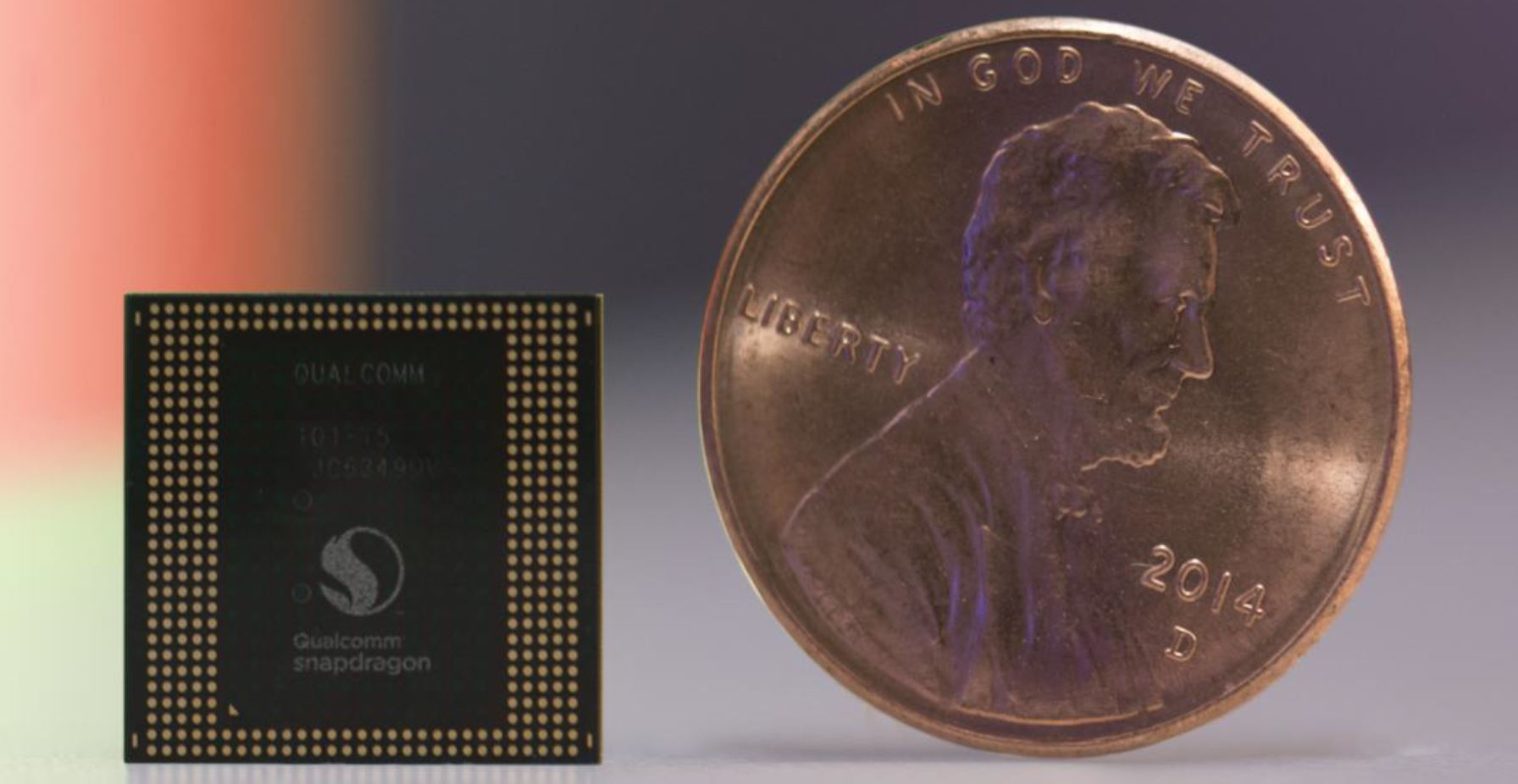
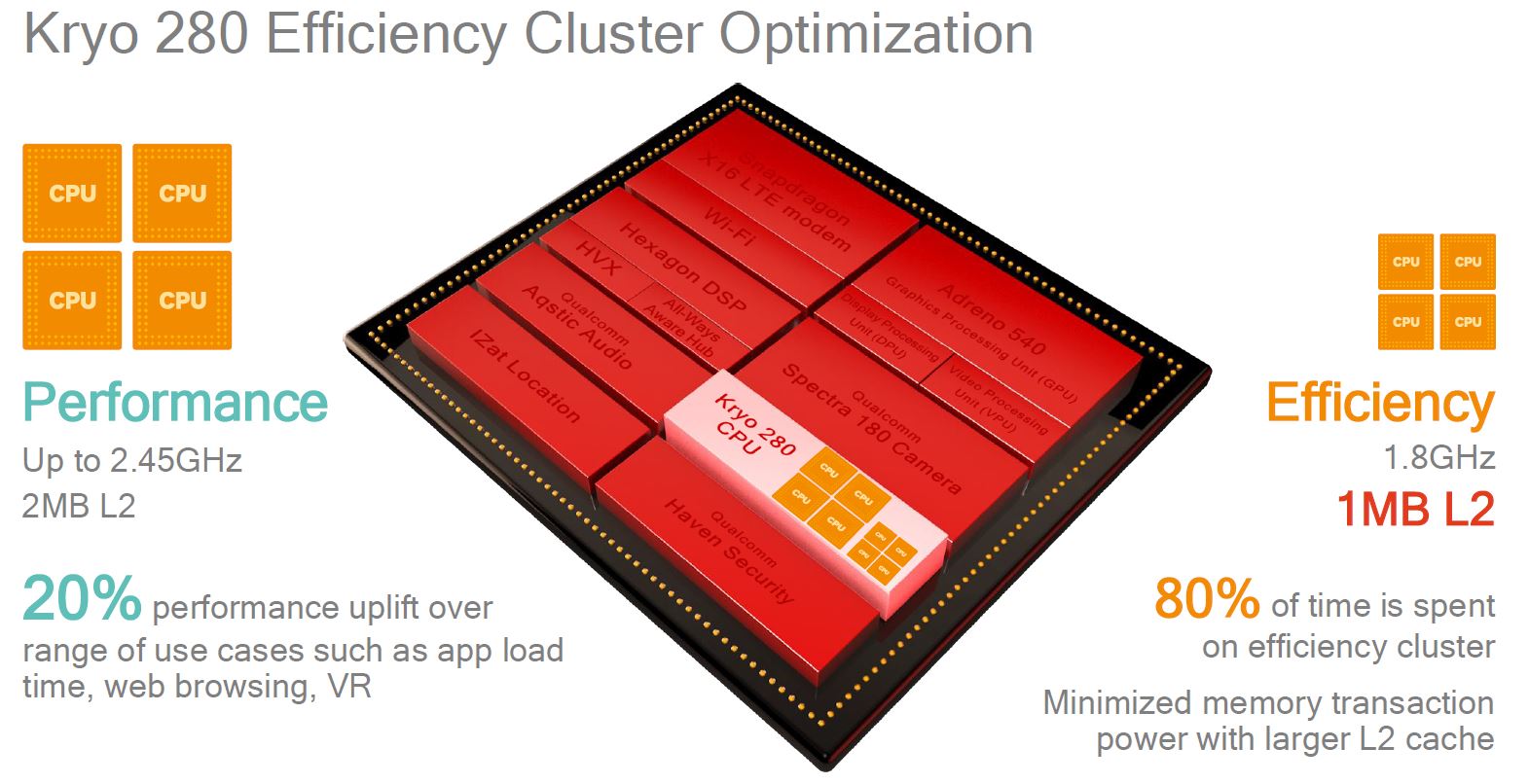
Instead, we’re more likely to see the biggest performance improvements come in the form of graphics performance. Qualcomm has swapped out its Adreno 530 for an Adreno 540, which boasts a 25 percent improvement in 3D rendering performance.
Meanwhile Samsung has moved on up to ARM’s latest Mali-G71 design in a huge 20 core configuration, compared with the Mali-T880 MP12 in the Exynos 8895. The G71 is 20 percent more energy efficient than the T880 and offers up a 40 percent increase to performance density, which is what has allowed Samsung to squeeze more cores into its silicon space. The Exynos 8895 packs in 8 extra cores, a 66.6 percent increase over the 8890, which combined with any architecture performance improvements between Bitfrost and Midgard means that we’re looking at a potentially massive jump in GPU performance with Samsung’s chip. Samsung pegs the increase at “up to 60 percent” over its predecessor.
Looking back to the Snapdragon 821 and Exynos 8890, Qualcomm’s chip came out ahead in our GPU tests. Therefore, Samsung looks poised to close the gap this year and may even surpass Qualcomm’s performance with the 8895.
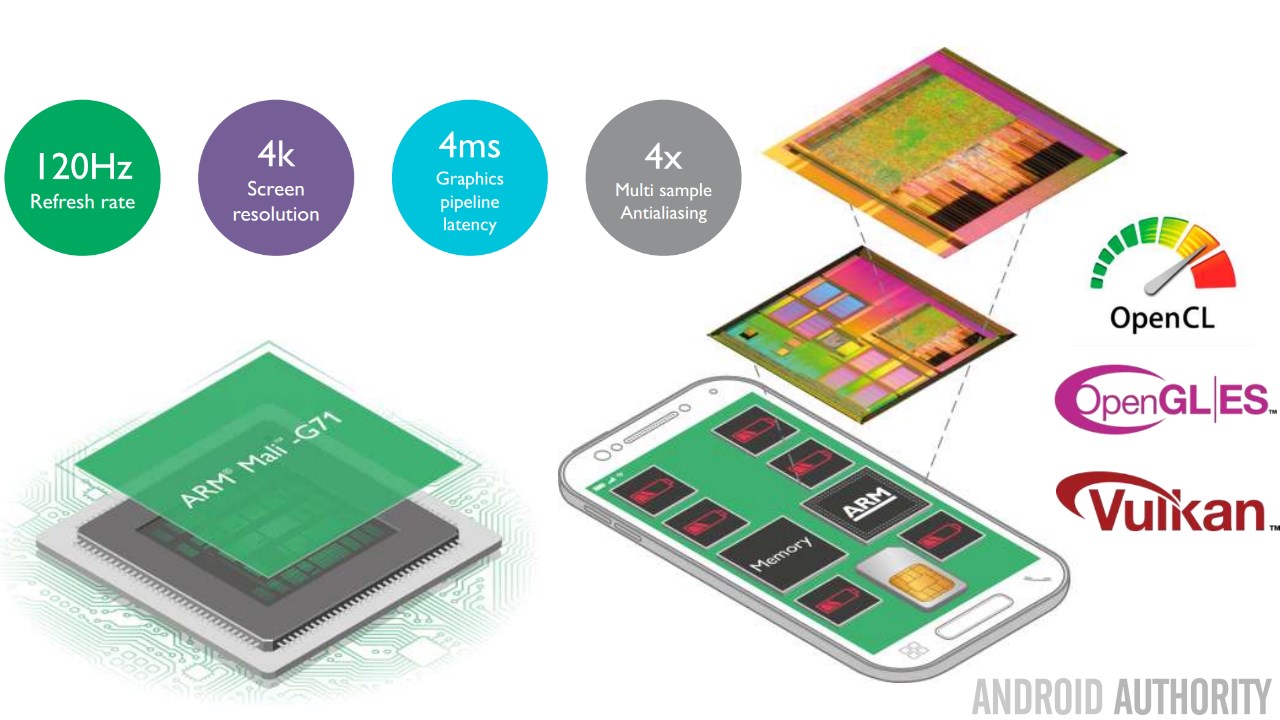
Cameras and vision processing
Dual camera technologies are expected to see massive growth this year and there’s been plenty of speculation about whether or Samsung will hop on the trend with its Galaxy S8. Either way, the Exynos 8895 now matches Qualcomm in supporting dual cameras, but has a slightly different take with support for a 28MP sensor paired with a low power 16MP secondary. Qualcomm’s Snapdragon 835 supports up to dual 16MP sensors.
Of course, this doesn’t mean we’re going to see these exact configurations inside devices, nor does it strictly mean massive improvements to image quality. However, support for dual camera technologies opens the door for manufacturers to include “optical zoom” capabilities, monochrome sensor HDR enhancements, wide angle shooting options, and software depth of field effects. In addition, the two chips support Dual Photodiode Auto-Focus, first seen inside the Galaxy S7.
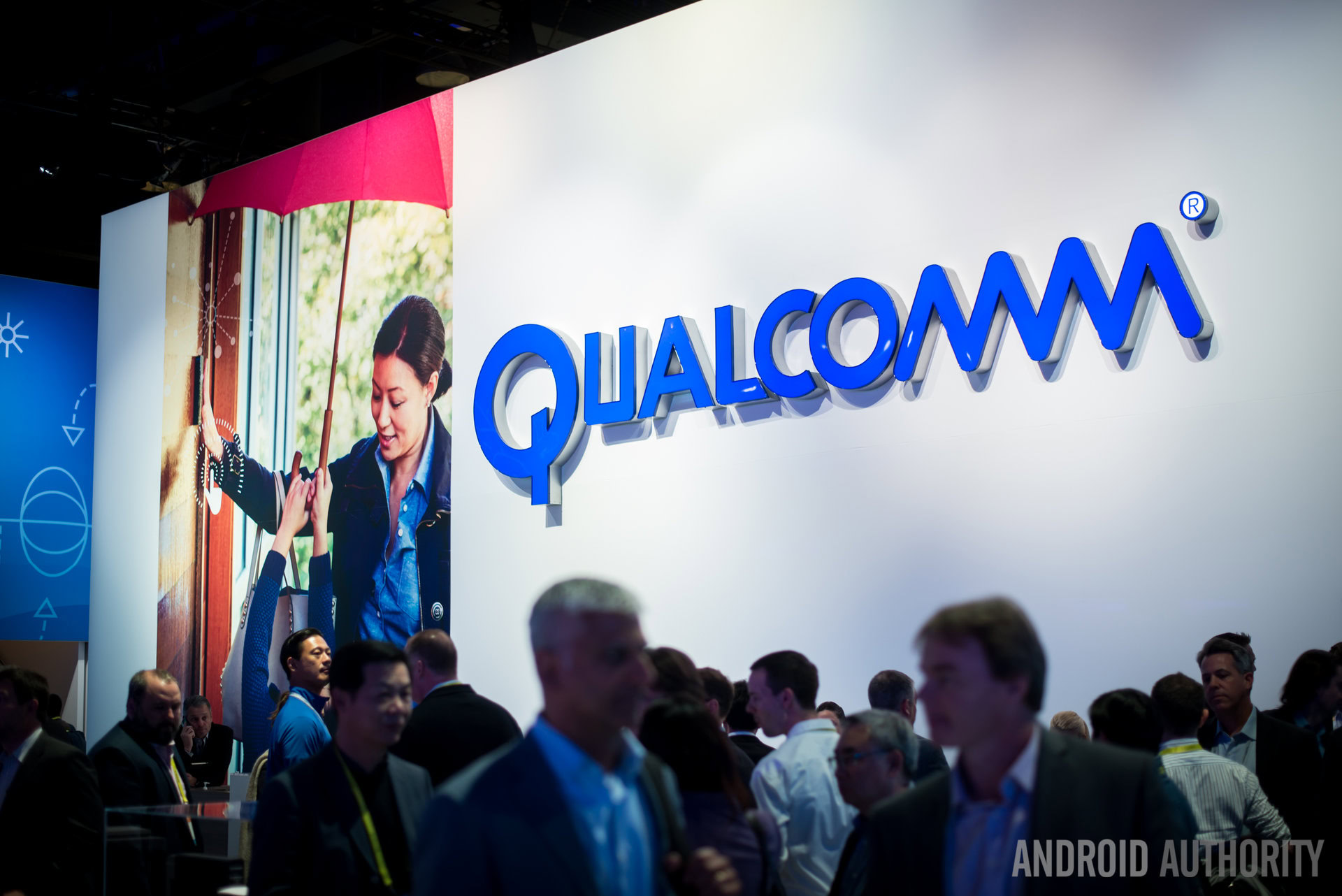
In addition to new photography features, Samsung is touting an improved Vision Processing Unit (VPU), which is used for video recording and can offload a range of processing intensive tasks from the CPU. The Snapdragon 835 continues to offer up to 30fps 4K video recording and 60fps playback, but it’s the Exynos 8895 that takes this particular crown, supporting up to 120fps playback and recording at 4K.
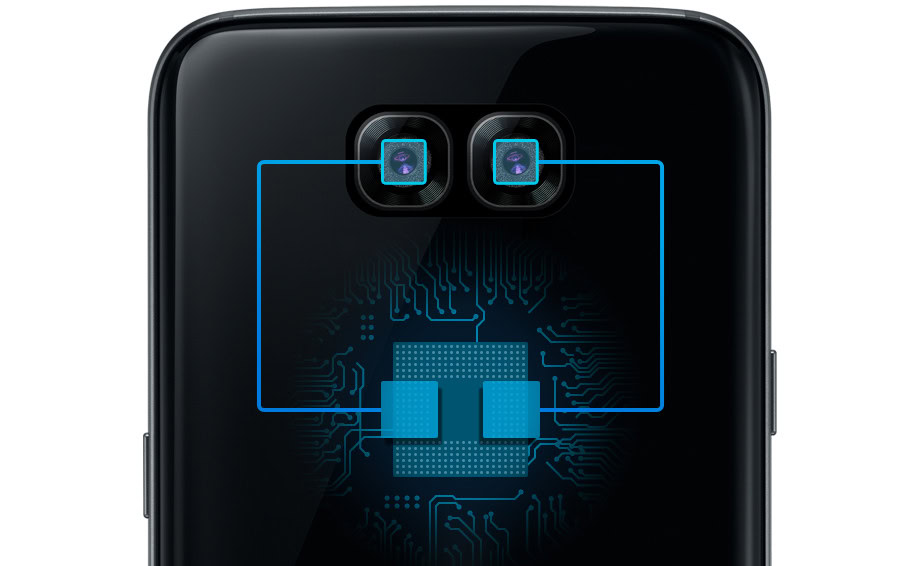
On the processing side, Samsung lists that its VPU can assist with motion detection, image registration, video tracking and object recognition as possible use cases. Qualcomm has also mentioned an improved VPU on its Snapdragon 835 which offers up 10-bit color support and can also enable similar object detection, facial recognition, and gesture detection algorithms. This type of technology can allow manufacturers to better categorize and tag photos as you take them, make software tweaks based on the contents of your photo or video, and even used to detect the world around you in VR and AR applications.
Both SoCs now support dual camera technologies and offer increased heterogeneous capabilities to support object, facial, and gesture detection.
Qualcomm has rightly talked up the machine learning and heterogeneous compute capabilities of its Snapdragon 835 and Samsung has taken a similar interest with its Exynos 8895. Samsung’s Coherent Interconnect (SCI) has been upgraded to support cache coherency between CPU and GPU for HSA (Heterogeneous System Architecture) that enables faster communication between the two for AI and deep learning algorithms. Qualcomm, on the other hand, has its improved Hexagon DSP for additional processing capabilities for specific tasks and has opened up its processor’s heterogeneous compute capabilities to software developers through its new Symphony System Manager SDK.
While Qualcomm has a headstart on bringing major heterogeneous compute features to its Snapdragon platform, Samsung has identified similar benefits and looks to be closing the gap with some features of its own.
Faster data speeds
The other major feature in Qualcomm’s Snapdragon 835 is the gigabit LTE X16 modem, which offers customers the potential of 1Gbps download and 150Mbps upload speeds, providing that their network is up to scratch. Clearly this is more of a future-proof feature than something that we’re all going to be maximizing right now, but Samsung has its own modem that matches the Snapdragon 835’s speed.
With both handsets supporting high frame rate 4K video playback, faster LTE data speeds on supported networks are becoming a must.
The Exynos 8895 offers 1Gbps down, 150Mbps upload speeds too, and goes one step further by featuring the first modem to offer 5 band carrier aggregation, up from the four band aggregation available with the 835.
This doesn’t necessarily mean that data speeds will be any faster on Samsung’s phone, but it suggests that performance could be slightly better maintained in congested areas and at the cell edge. Again, only providing that the LTE network has many bands available for aggregation.
The bottom line is that phones featuring both the Snapdragon 835 and Exynos 8895 are future-proofed for the rollout of faster LTE-Advanced networks in the coming years.

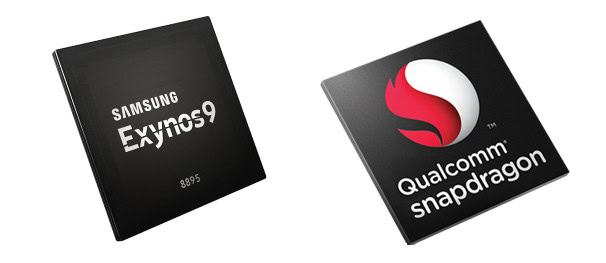
Wrap up
Although Qualcomm and Samsung have taken different approaches with their latest SoC designs, there’s a surprising amount of feature cross-over between the two. Qualcomm has gone back to octa-core and implemented some camera features previous available with the Exynos 8890, while Samsung’s latest chip is looking to close the GPU, LTE, and camera ISP deficit with Qualcomm’s Snapdragon series.
We can already make out couple of unique features on both platforms, 120fps 4K video for Samsung and additional heterogeneous power for Qualcomm. Although we’ll have to see if these actually made any difference to actual devices. Overall, the launches point to two very promising looking chips that are probably going to be harder to tell apart than ever.
Of course, we’ll have to wait until we get our hands on some smartphones before drawing any definitive performance conclusions. We also don’t yet know if there are any major differences in some of the smaller extras supported by the two platforms either, such as fast charging speeds and iris scanning support. Still, are either of these chips likely to sway your purchasing decisions this year?